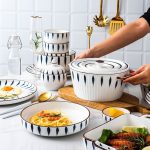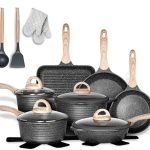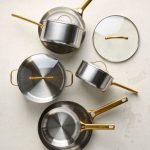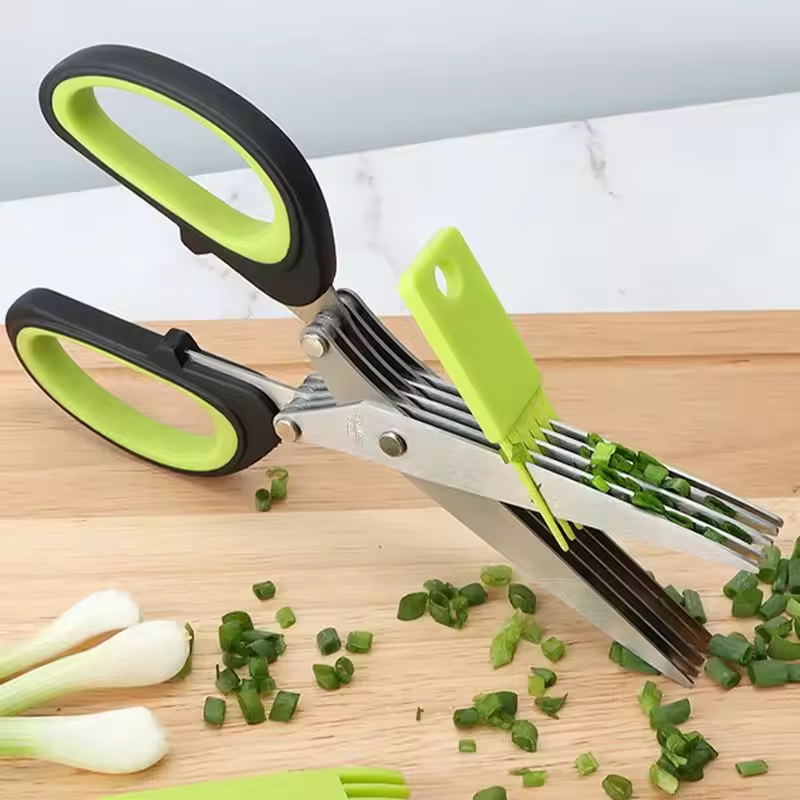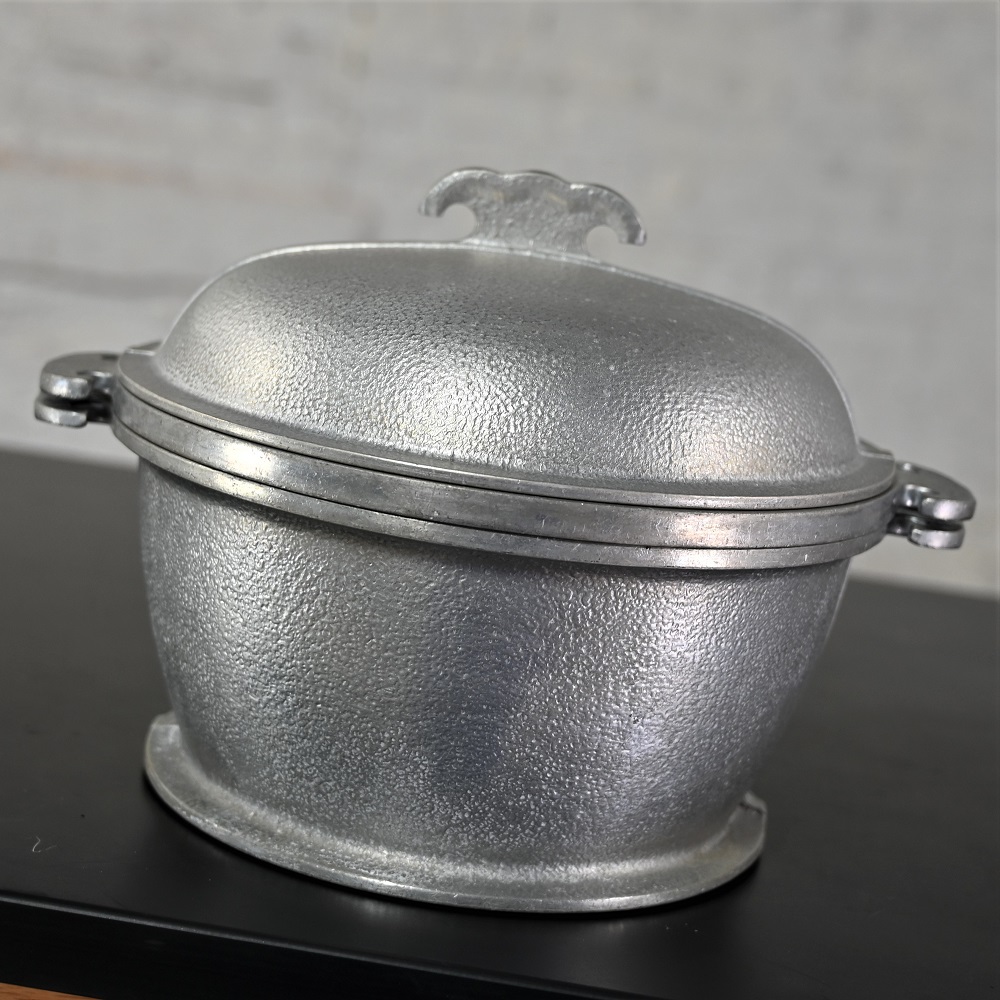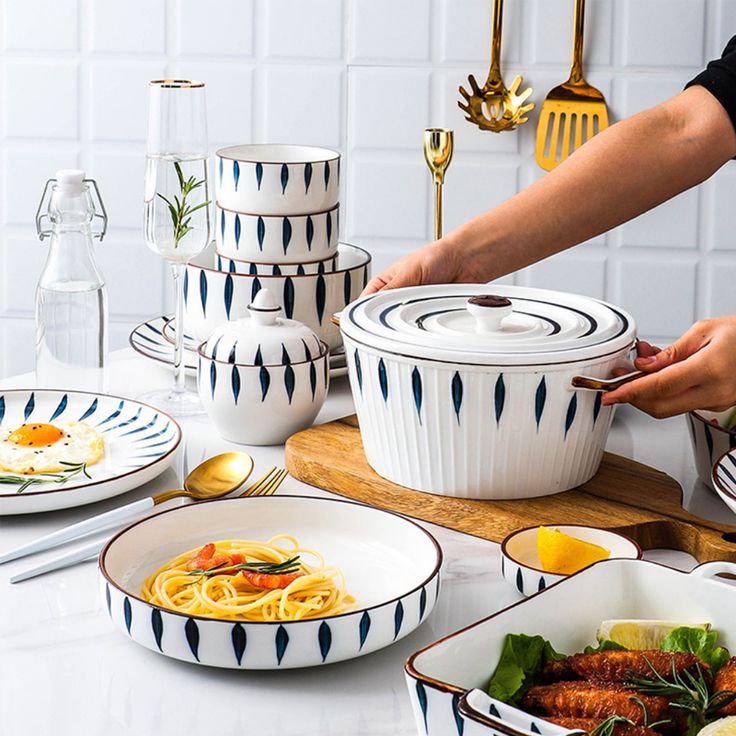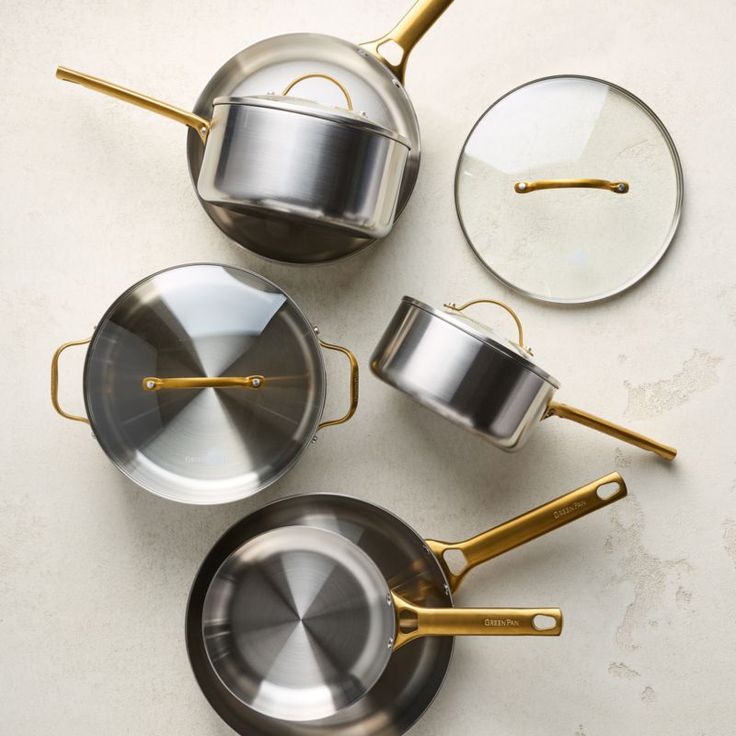The Origins of Guardian Service Cookware
The history of Guardian Service cookware is rooted in American ingenuity and entrepreneurship. This cookware has a rich legacy that speaks to both innovation and the shifting landscape of domestic life in the 20th century.
The Founding of Century Metalcraft Co.
Century Metalcraft Co. began its journey in the 1930s. Founded in Los Angeles, the company soon made a name for itself with its quality metal wares. Their durability and craftsmanship marked a new era for cookware.
The Introduction of Guardian Cookware in the 1930s
In the 1930s, Guardian Service cookware made its debut, revolutionizing the kitchen with its heavy-duty aluminum and unique design features. It promised to make cooking faster and more efficient for the modern family. The cookware quickly became a household name, thanks to its practicality and reliability. It went on to symbolize an important shift towards modern cookware that still resonates with collectors today.
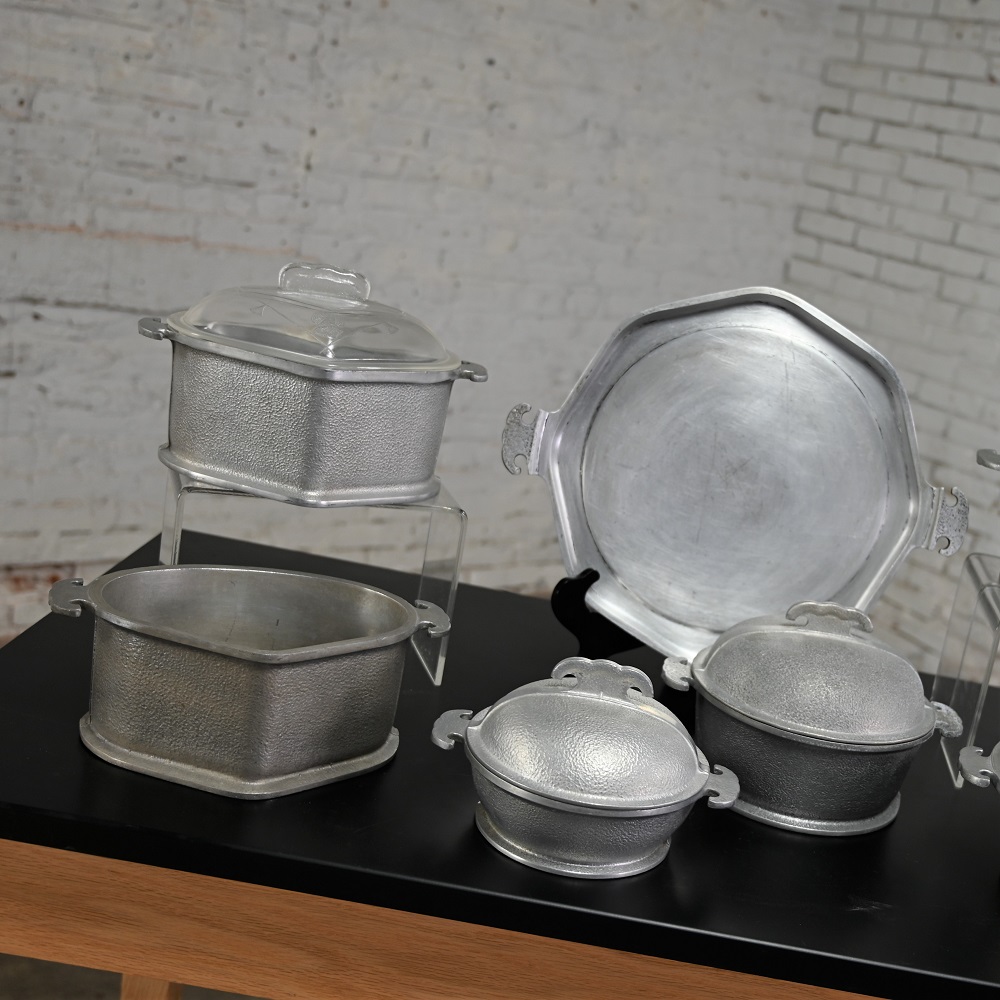
The Evolution of Guardian Cookware Design
The design of Guardian Service cookware evolved over time, reflecting changes in materials and the needs of the era.
Pre-1940 Heavy Aluminum Lids
Originally, Guardian cookware featured heavy aluminum lids. These lids helped to cook food quickly and with less water. Their sturdiness was a hallmark of the pre-1940 cookware. But this design changed with the advent of World War II.
World War II Impact and Glass Lids
Due to metal rationing during World War II, Guardian Service had to adapt. The company replaced heavy aluminum lids with glass ones. These glass lids allowed cooks to see their food without lifting the lid, conserving heat and energy. The switch to glass was a significant moment in guardian service cookware history.
Cooking with Guardian Service Ware
The unique features of Guardian Service cookware made it a staple in the mid-20th century kitchen.
The Innovative Domed Lid Design
Guardian Service cookware showcased an innovative domed lid design. This allowed for efficient cooking. It required very little water. As a result, food retained more nutrients and flavors.
Benefits of Cooking with Heavy-Duty Aluminum
Cooking with heavy-duty aluminum had several advantages:
- Even Heat Distribution: Aluminum spread heat uniformly. This prevented hot spots and ensured well-cooked meals.
- Durability: The cookware was tough and long-lasting. It resisted warping and held up to frequent use.
- Energy Efficiency: Aluminium heated up quickly and cooled down fast. This saved energy and time.
Guardian Service cookware history highlights robustness and functionality. Cooks sought out these pieces for their practical benefits. Collectors today value them for their enduring quality and unique place in culinary history.
The Marketing and Distribution Model
Guardian Service cookware was marketed innovatively in its heyday. The strategy was distinct and quite successful, adapting to the consumer behavior of the era.
Door-to-Door Sales and House Parties
In the 1930s and 40s, salesmen sold Guardian cookware directly to customers. They went from home to home, showcasing the cookware’s benefits. In addition to these sales, the company held house parties. At these events, the host demonstrated cookware to friends and neighbors. The model was interactive, providing a personal touch to the buying experience. Customers could see and test the products before purchasing.
Comparison with Tupperware Marketing
This marketing approach was similar to Tupperware’s strategy. Like Guardian, Tupperware used home parties to sell products. Both companies relied on social networks to spread their message. However, Tupperware parties became widely popular in the 1950s. By this time, Guardian Service had already capitalized on this method. Thus, Guardian could be considered a pioneer in direct home sales and party marketing.
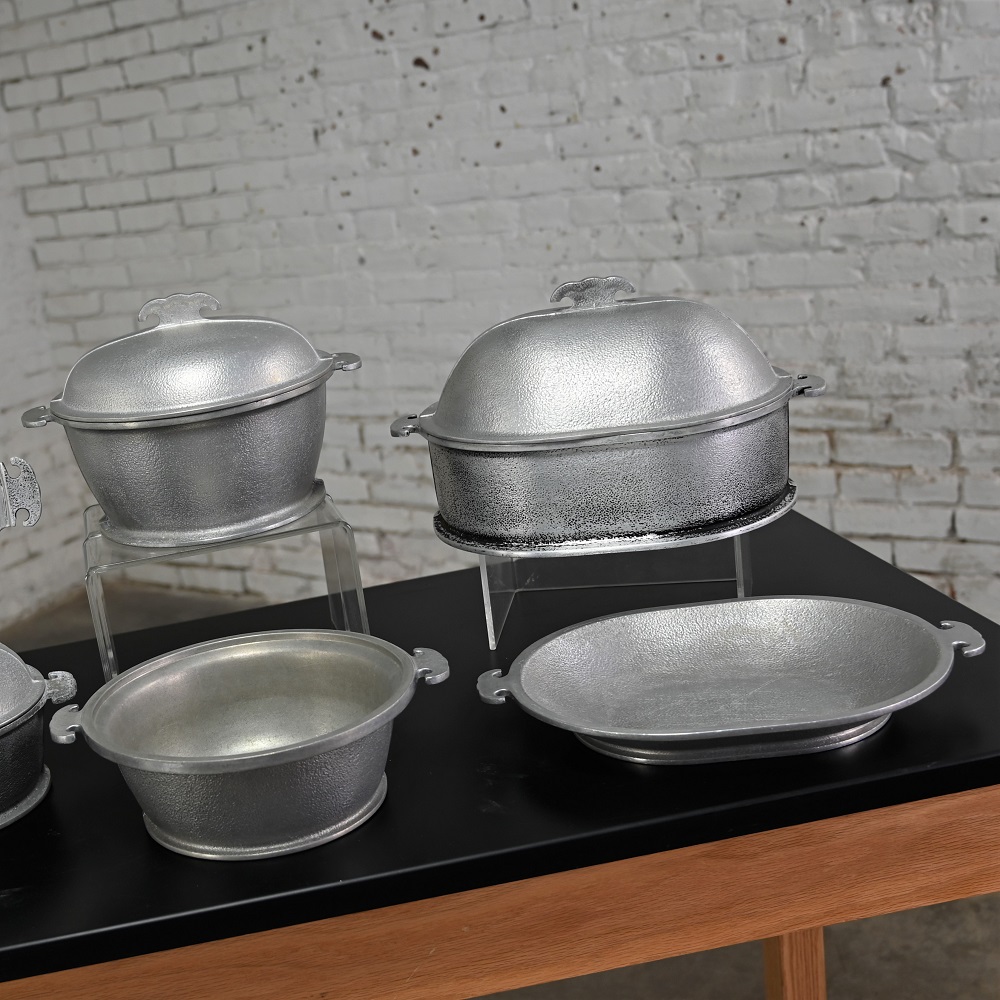
Collectibility and Value on the Market
Guardian Service cookware continues to grab attention in the antique market. These items represent a fascinating piece of culinary history. Their robust design and unique features make them highly sought after by collectors.
Price Trends and Collectors’ Interest
The value of Guardian Service cookware has seen a notable increase. Over recent years, prices have risen by an average of 30 percent. Collectors often seek out these pieces due to their quality and history. The demand is especially high for pre-World War II items featuring heavy aluminum lids.
Rare Finds and Current Market Prices
Pieces from the early era of Guardian cookware, particularly those with aluminum lids, are considered rare. These can fetch a higher price in the market. Recent prices for Guardian cookware range from $35 to $75 for average pieces. However, rare items like the Guardian ice bucket from the 1940s can cost around $55. The price can significantly increase based on the item’s condition and rarity.
Care and Maintenance Tips
Caring for antique cookware properly ensures its longevity and preserves its historical value.
Preserving Antique Cookware
To maintain the condition of Guardian Service cookware, consider the following tips:
- Avoid Harsh Chemicals: Use gentle cleaners to avoid damaging the aluminum surface.
- Dry Immediately: After washing, dry pieces right away to prevent water spots and rusting.
- Store Carefully: Keep cookware in a dry area and avoid stacking that can cause scratches.
- Polish Regularly: Apply a non-abrasive polish to keep the aluminum bright and lustrous.
These steps help to keep Guardian Service cookware looking its best and functioning well for future generations to enjoy.
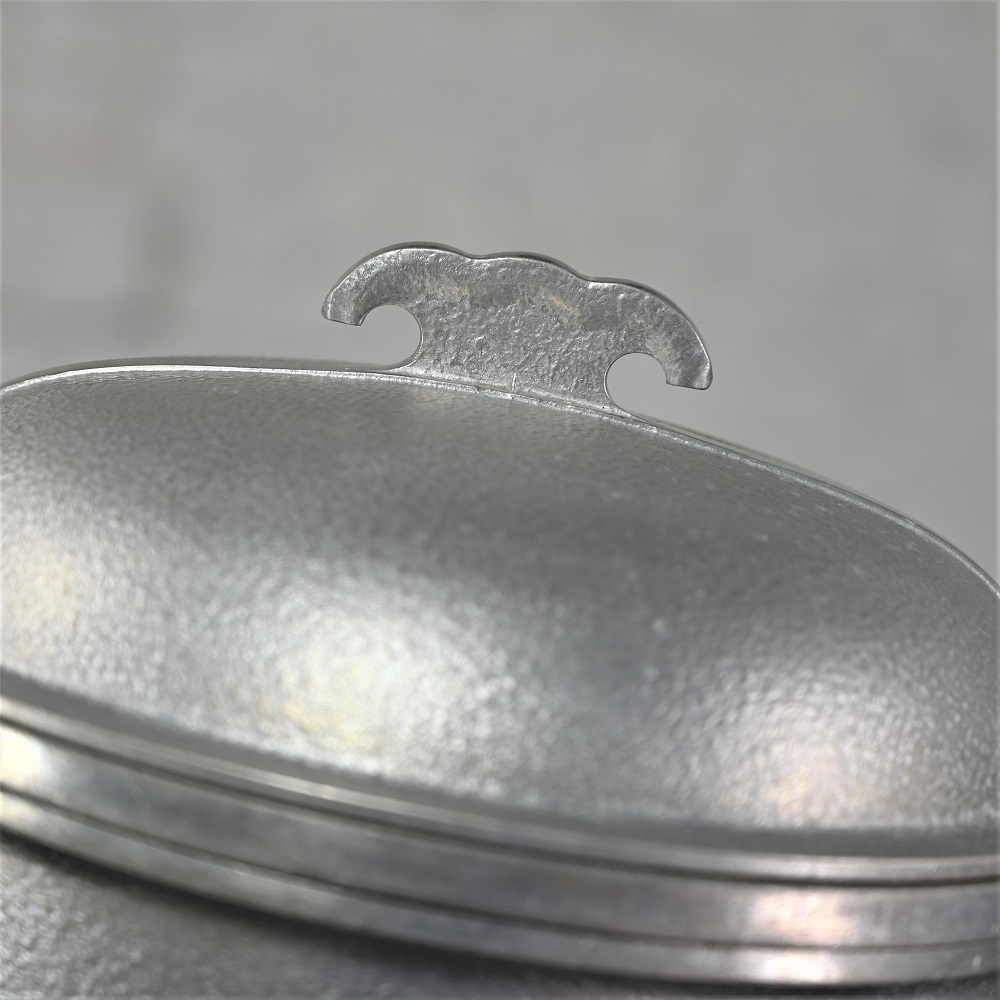
Cleaning and Lubrication of Older Pieces
For older Guardian Service pieces, special care is necessary:
- Hand Wash Only: Dishwashers can be harsh on antique aluminum. Always hand wash with warm water and mild soap.
- Non-Abrasive Pads: Use soft sponges or cloths to avoid scratching the metal.
- Lubrication: Occasionally, hinges or movable parts may need a drop of food-safe lubricant.
- Professional Help: If unsure of how to treat an older item, seek a professional conservator with experience in vintage cookware.
Following these suggestions aids in preserving the cookware’s function and ensuring its safe use in preparing meals.
Alternative Guardian Products
While Guardian Service cookware is well-known, the brand also offered other kitchen items.
The Variety Beyond Cookware
Guardian products extended beyond pots and pans to include items like aluminum coffee pots, trivets, and even an ice bucket mentioned earlier. These alternative products share the same quality and durability. Adding variety to a collection can tell a fuller story of the brand’s history.
Collecting Tips for Guardian Service Products
For those looking to collect Guardian Service items beyond cookware, here are some tips:
- Research: Learn about different products and their historical context.
- Condition: Look for items in good condition. Small signs of wear can add character but avoid heavily damaged goods.
- Authenticity: Check for trademarks to confirm authenticity, as mentioned in the retrieved blogs.
- Rarity: Some items, like pre-war cookware with aluminum lids, are more rare and valued.
- Community: Join collector groups or online forums to connect with sellers and other collectors.
Following these steps, collectors can expand their horizons beyond cookware to embrace the full range of Guardian products.
